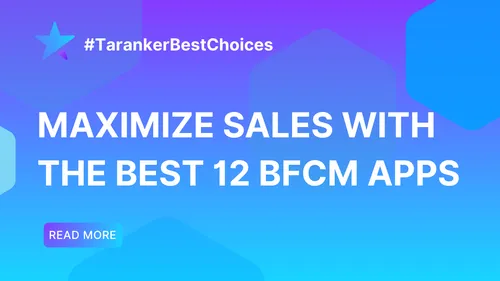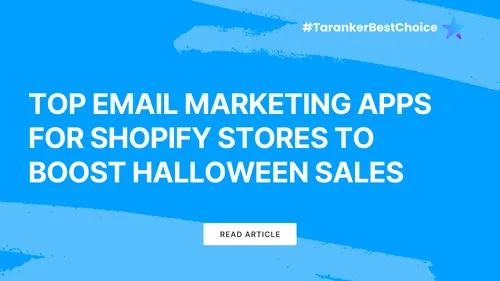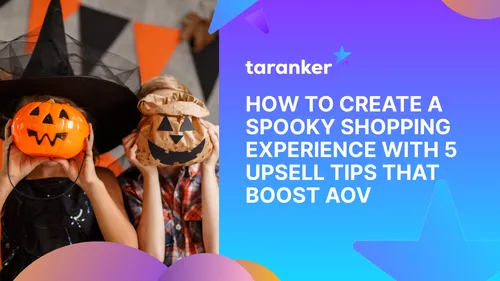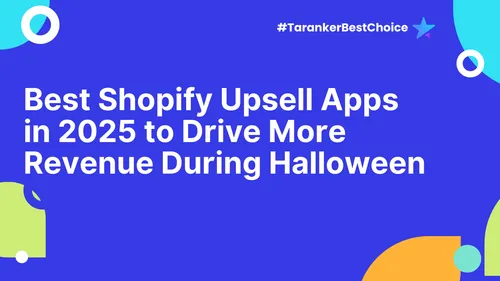For Shopify merchants, customer reviews and testimonials are more than just feedback—they are powerful marketing tools that can boost credibility, increase conversions, and enhance brand trust. In the digital shopping landscape, consumers rely on social proof before making purchasing decisions. If your store lacks reviews, potential customers may hesitate to buy, leading to lower sales and higher bounce rates.
In this guide, we’ll explore why customer reviews and testimonials are crucial for Shopify stores, how they impact consumer behavior, and how to effectively leverage them to grow your business.
1. Why Customer Reviews and Testimonials Matter

a) Build Trust and Credibility
Customers trust other customers more than they trust brands. A Shopify store with hundreds of positive reviews appears more credible than one with no reviews at all.
💡 Stat: 91% of consumers read online reviews before making a purchase, and 84% trust them as much as personal recommendations.
When visitors see authentic testimonials and detailed product reviews, they feel more confident about their purchase, reducing hesitation and lowering cart abandonment rates.
b) Increase Conversions and Sales
Product reviews act as social proof, assuring shoppers that others have purchased and enjoyed the product. This sense of security helps turn browsers into buyers.
✅ A product with 50+ reviews converts up to 270% more than one with no reviews.
✅ Displaying testimonials can increase conversions by 34%.
📌 Example: A Shopify store selling skincare products saw a 25% boost in sales after adding customer review sections with real photos.
c) Improve SEO and Organic Traffic
Google prioritizes fresh, user-generated content—which is exactly what reviews provide. Every time a customer leaves a review, they add relevant keywords to your product pages, helping search engines understand and rank your store better.
💡 Stat: Stores with product reviews can see a 15-20% increase in organic search traffic.
2. Types of Customer Reviews and Testimonials
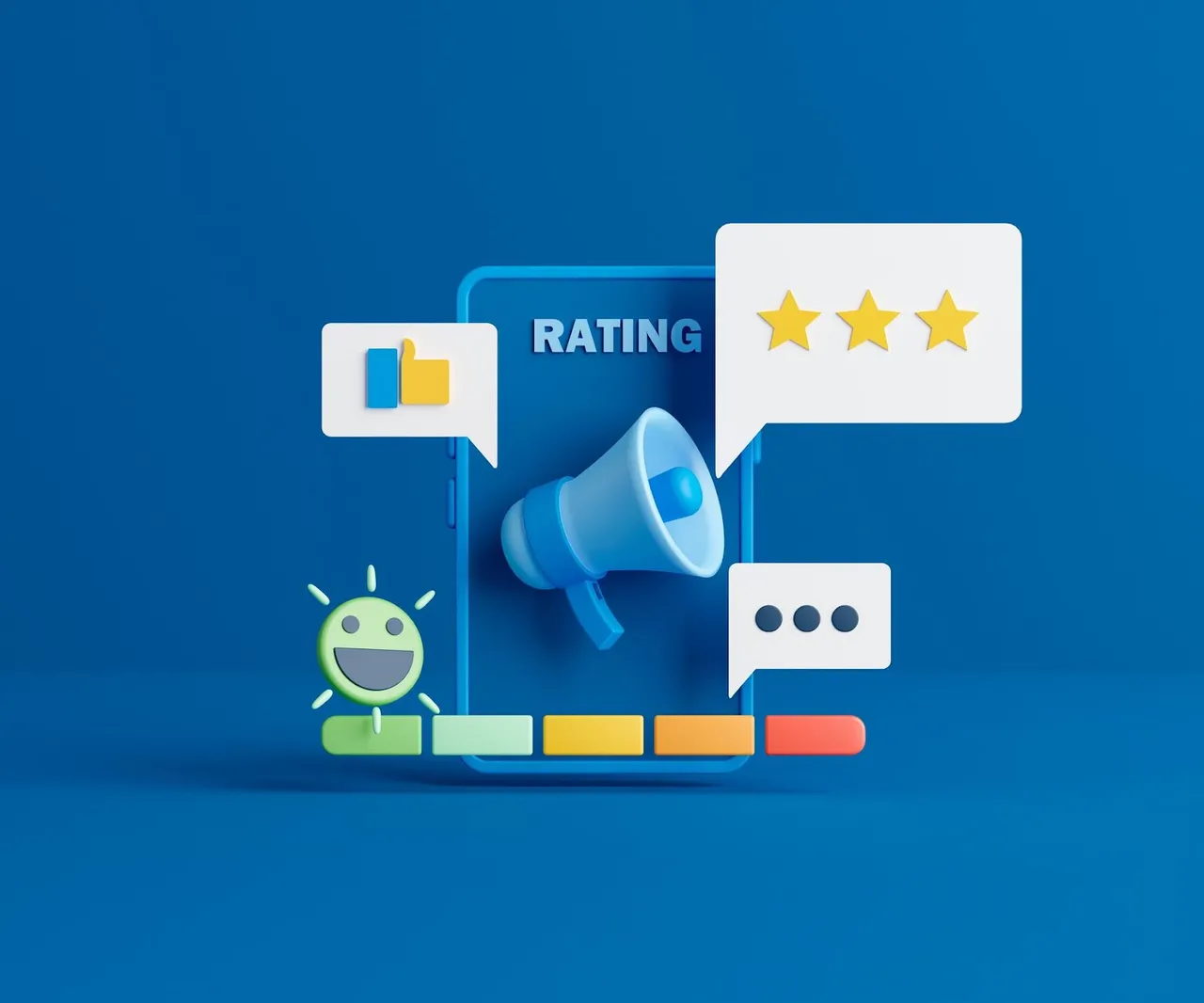
Not all reviews are equal. Shopify merchants should utilize multiple formats to maximize impact.
a) Star Ratings & Text Reviews
The most common type—customers rate products from 1 to 5 stars and leave written feedback.
✔️ Best for: Quick social proof, visible directly on product pages.
✔️ Example: "This laptop stand is sturdy and well-made! 5 stars!"
📌 Tip: Use Shopify apps like Judge.me or Loox to collect and display reviews.
b) User-Generated Photos & Videos
Seeing real customers using the product increases authenticity and helps hesitant buyers visualize their own purchase.
✔️ Best for: Fashion, beauty, home decor, and tech products.
✔️ Example: A fitness brand showcases customer workout videos using their resistance bands.
📌 Tip: Offer discounts or loyalty points to customers who submit photo/video reviews.
c) Long-Form Testimonials
These are detailed customer stories explaining how a product or service solved a problem.
✔️ Best for: High-ticket items, B2B products, and services.
✔️ Example: A Shopify merchant selling eco-friendly home products shares a customer’s journey of switching to sustainable living.
📌 Tip: Feature testimonials on your homepage, about page, and email marketing campaigns.
d) Third-Party Reviews (Google, Trustpilot, Yelp)
Customers often search for external validation before purchasing. Having positive third-party reviews increases brand credibility.
✔️ Best for: Shopify stores with multiple product categories.
✔️ Example: A Shopify electronics store has 4.8-star ratings on Google Reviews.
📌 Tip: Encourage satisfied customers to leave Google or Trustpilot reviews by offering a small incentive (e.g., a discount on their next purchase).
3. How to Collect More Customer Reviews on Shopify

a) Use Post-Purchase Emails
💡 Stat: 70% of customers are willing to leave a review if asked.
Send automated post-purchase emails thanking customers and requesting reviews. Shopify apps like Stamped.io or Yotpo can automate this.
📌 Example email template:
📩 Subject: Share Your Thoughts & Get 10% Off Your Next Order!
Hi [Customer Name],
Thank you for your recent purchase! We'd love to hear about your experience. Leave a review, and we'll send you a 10% discount for your next order!
[Leave a Review]
Happy Shopping,
[Your Brand Name]
b) Offer Incentives
Giving customers a small reward encourages more reviews without making them feel "forced."
✔ Examples:
-
10% off next order for a review with a photo.
-
Loyalty points for every review submitted.
-
Entry into a monthly giveaway for a $50 gift card.
📌 Tip: Ensure incentives don’t violate Shopify’s review policies (e.g., you can’t demand only positive reviews).
c) Make It Easy for Customers to Leave Reviews
If customers have to create an account or go through multiple steps, they won’t leave a review.
✔ Use one-click review submission forms.
✔ Allow photo uploads directly from mobile devices.
✔ Feature a “Write a Review” button on product pages.
📌 Tip: Use Loox or Judge.me to enable photo and video uploads in reviews.
4. How to Display Customer Reviews for Maximum Impact
a) Feature Reviews on Product Pages
Ensure that every product page displays star ratings and customer reviews prominently.
📌 Example: A Shopify store selling shoes places customer reviews directly below the "Add to Cart" button.
b) Use Reviews in Marketing Campaigns
Incorporate testimonials into email marketing, Facebook ads, and Instagram Stories.
✔ Example: A Shopify fashion brand includes customer reviews in Instagram carousel ads.
📌 Tip: Create a dedicated "Customer Love" page showcasing testimonials.
c) Add Social Proof Popups
Apps like Fomo and ProveSource display real-time notifications showing recent customer purchases and reviews.
✔ Example: "Emily from New York just left a 5-star review on our Organic Face Serum!"
5. Handling Negative Reviews Like a Pro
Not all reviews will be positive. Instead of deleting them, use them as an opportunity to showcase excellent customer service.
✔ Respond quickly & professionally.
✔ Acknowledge the issue & offer a solution.
✔ Follow up to turn negative experiences into positive ones.
📌 Example: "We’re sorry to hear about your experience. Please reach out to our support team, and we’d love to make this right for you!"
6. The Future of Customer Reviews: AI & Social Proof

💡 Shopify stores are now integrating AI-driven review analysis to highlight common positive themes (e.g., "90% of customers love the fabric quality").
Emerging Trends:
✔ AI-generated review summaries
✔ Verified buyer badges for authenticity
✔ TikTok-style video testimonials
Final Thoughts: Customer Reviews Drive Shopify Success
For Shopify merchants, customer reviews and testimonials are invaluable assets. They build trust, improve conversions, boost SEO, and create an authentic brand identity. By actively collecting, showcasing, and responding to reviews, you can increase sales and customer loyalty while standing out in the competitive e-commerce space.
FAQs
1. How often should I ask for reviews?
✅ Send requests 2-5 days after delivery for fast-moving products, 7-14 days for longer trial items (skincare, electronics).
2. Should I display negative reviews?
✅ Yes! Transparent reviews build credibility—just ensure you respond professionally.
3. Which Shopify apps are best for reviews?
✅ Judge.me, Loox, Yotpo, Stamped.io (all allow star ratings, images, and video reviews).

